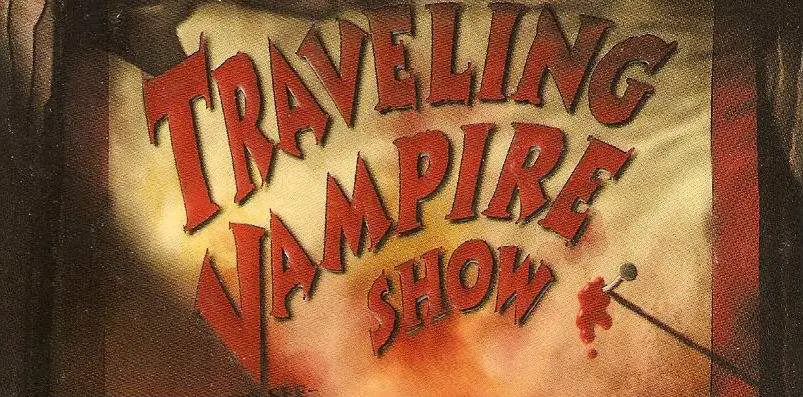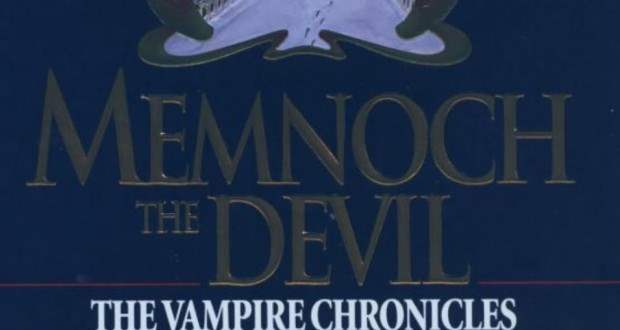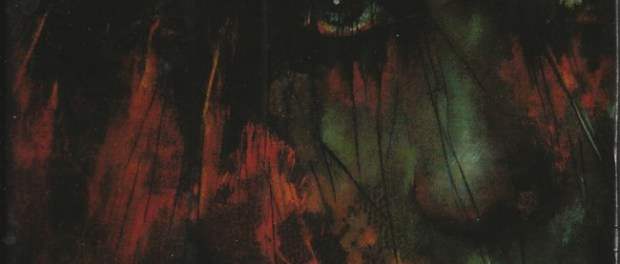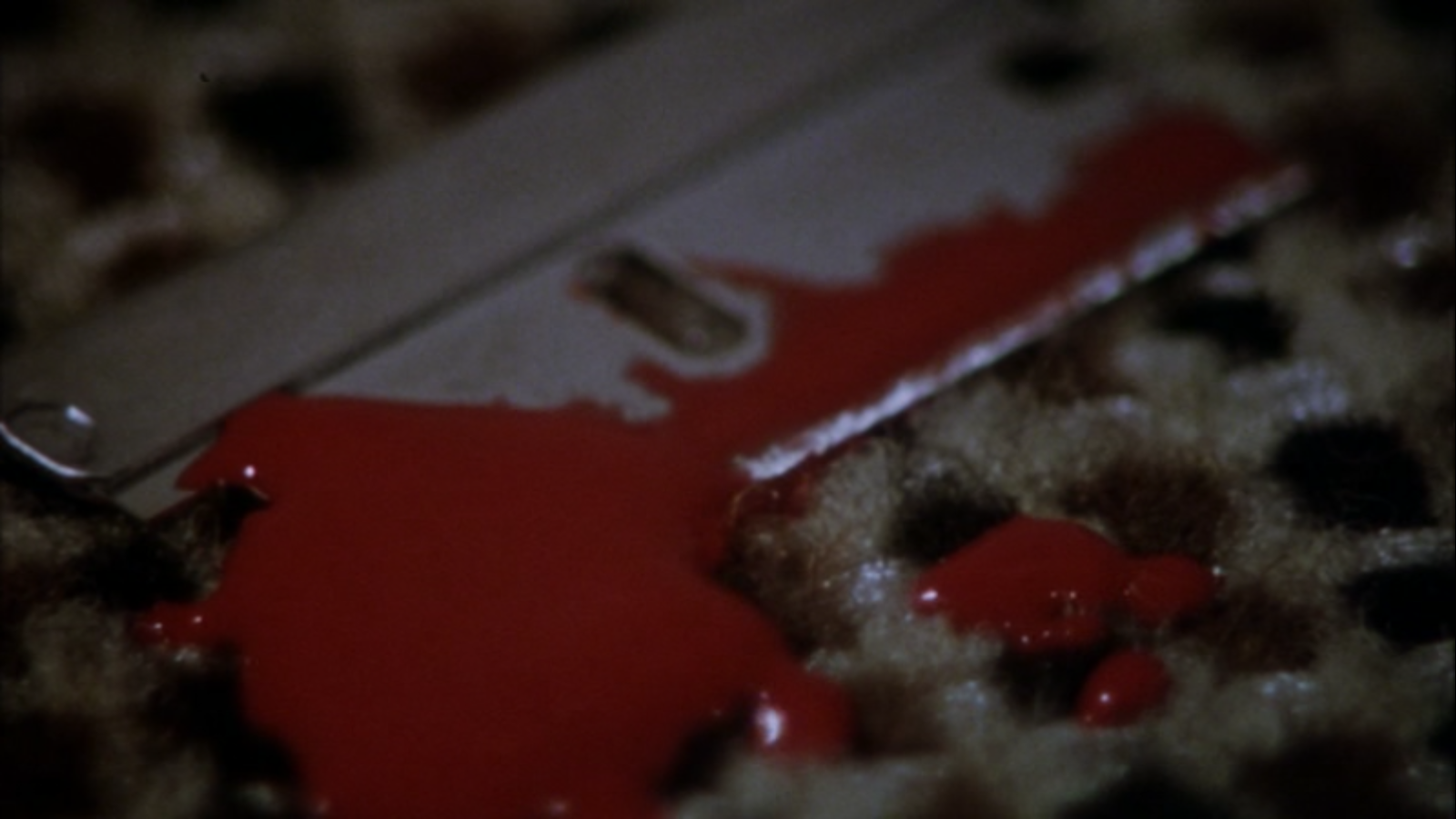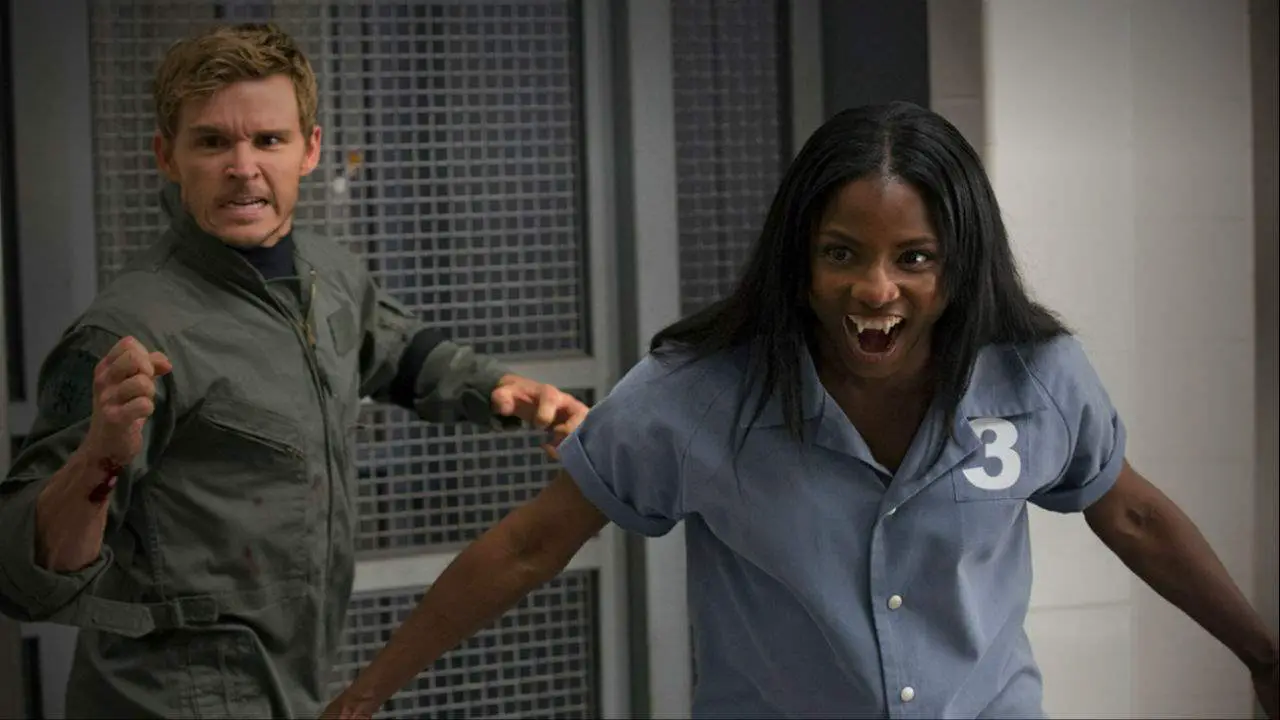While they may have faded from the teen fiction world in recent years, vampire novels have always dominated genre literature and haven’t really gone away. The Strain trilogy by Guillermo del Toro and Chuck Hogan has had incredible success in recent years, selling millions of copies and enjoying a small screen adaptation. Readers just want a good story, no matter what it’s about and vampires just happen to be the kind of creature and fictional device that can apply to almost any kind of storytelling.
Vampires, in a sense, are an all-purpose metaphor. That may be the key to their longevity more than anything else. Sex, death, addiction, obsession, age and nostalgia, all of these things can be intimately explored through vampire fiction. But that doesn’t mean that we don’t see oversaturation in the sub-genre. Of course we do.
To some degree, that kind of oversaturation is inevitable. When something is successful, everyone will try to imitate that success. That’s why so many excellent vampire stories don’t wind up reaching the audience that they truly deserve. It’s not because said books are bad or even because they don’t win over the critics. People don’t pay nearly as much attention to book reviews as they do to movies, so that barely factors in. It’s simply that when readers notice one big franchise, they usually won’t notice some of the things around it, even the ones that may be more worthy of readership and praise.
Already Dead by Charlie Huston
I can’t recommend the Joe Pitt series enough. It’s hard-edged, noir vampire fiction with an almost Palahniuk depiction of violence, sex and aggression. The first book in the series, Already Dead is obviously the recommended starting point for readers looking to sink their teeth into something new and far removed from the YA field they may be too familiar with or tired of.
13 Bullets by David WellingtonAlso the first book in a series, 13 Bullets by David Wellington offers a unique new take on vampires as well as an excellent female protagonist. It’s harder edged horror fiction which definitely makes it a logical recommendation for genre fans. While the whole series is worth looking at, this book—which contains a few similarities to what The Strain would do a few years later—kicks it off to a great start with a fast-paced, genuinely horrific ride.
 The Traveling Vampire Show by Richard Laymon
The Traveling Vampire Show by Richard Laymon
Hailed by fans as one of Laymon’s best, The Traveling Vampire Show uses the vampire as a metaphor for sexual awakening, although not in the way you would typically expect. It’s about three young teens who discover a show that claims to feature the world’s last living vampire, Valeria. This was one of Laymon’s last works and won him a posthumous Bram Stoker Award in 2001.
John Steakley’s Vampire$ inspired the John Carpenter film of—roughly—the same name, although it is not as well known and the book contains several differences from the adaptation. Still, the core concept is intact, which is basically a focus on the everyday lives of professional vampire hunters. Although described very differently, Jack Crow bears many similarities in character to the version that James Woods portrayed in the film.
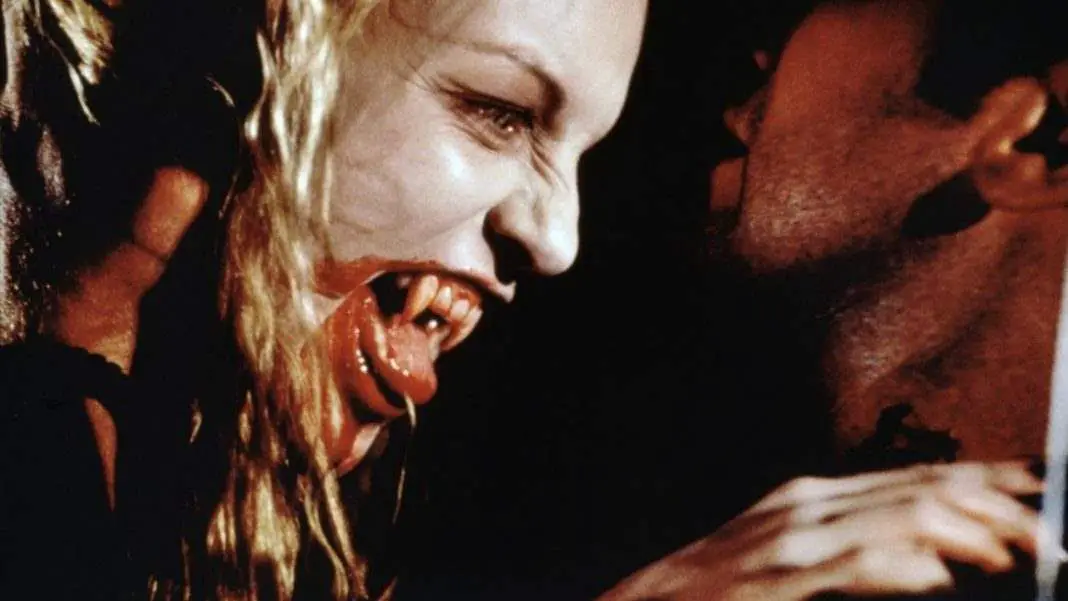
Memnoch the Devil by Anne Rice
It’s unfortunate that the most overlooked of Anne Rice’s Vampire Chronicles is also the most well written. Usually, Rice is normally a slower read, but Memnoch is surprisingly fast paced. It not only provides a strong supernatural narrative centered once more on antihero vampire Lestat, but more interestingly, it offers up a new version of events of what happened between God and the Devil and what their relationship to one another entails. It’s a neat creation myth, bizarrely enough, and worth reading for those portions of Memnoch relating his history to Lestat on their own.
Billy Martin’s excellent 1992 novel Lost Souls was written when the author was still writing under the name of Poppy Z. Brite and features characters that had appeared in several of the author’s short stories. Its depiction of vampires is an interesting one in that the vampires of the novel were never human, but are a separate species altogether, having been born as vampires. Older vampires in the book have more in common with traditional vampies of fiction whereas younger vampires are much more human in many ways. Overall, it’s an impressive new take on the mythology.



